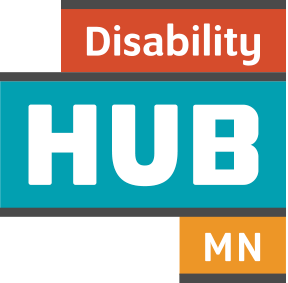Does the youth have skills that allow them to be safe at home and in the community?
Developing skills to assess, minimize and make informed decisions about safety and risks is important for in(ter)dependent living. At the same time, people with disabilities shouldn't be shielded from every potentially risky decision but instead should be allowed to try new things, make mistakes and learn from them. Help youth develop safety skills and manage risks, while helping family members and supporters balance safety concerns so they don’t hold the student back. Learn more about addressing safety concerns with families.
Safety skills include:
- Carrying an ID card and emergency contact information
- Communicating whereabouts when away from home
- Knowing what to do in case of fire or weather emergency
- Knowing how to interact with law enforcement
- Knowing what to do if locked outside of the house or apartment
- Being aware of surroundings and safety in public places
- Using common kitchen tools and operating kitchen appliances safely
- Being aware of scams and how to protect identity and passwords
- Recognizing and reporting abuse and neglect



